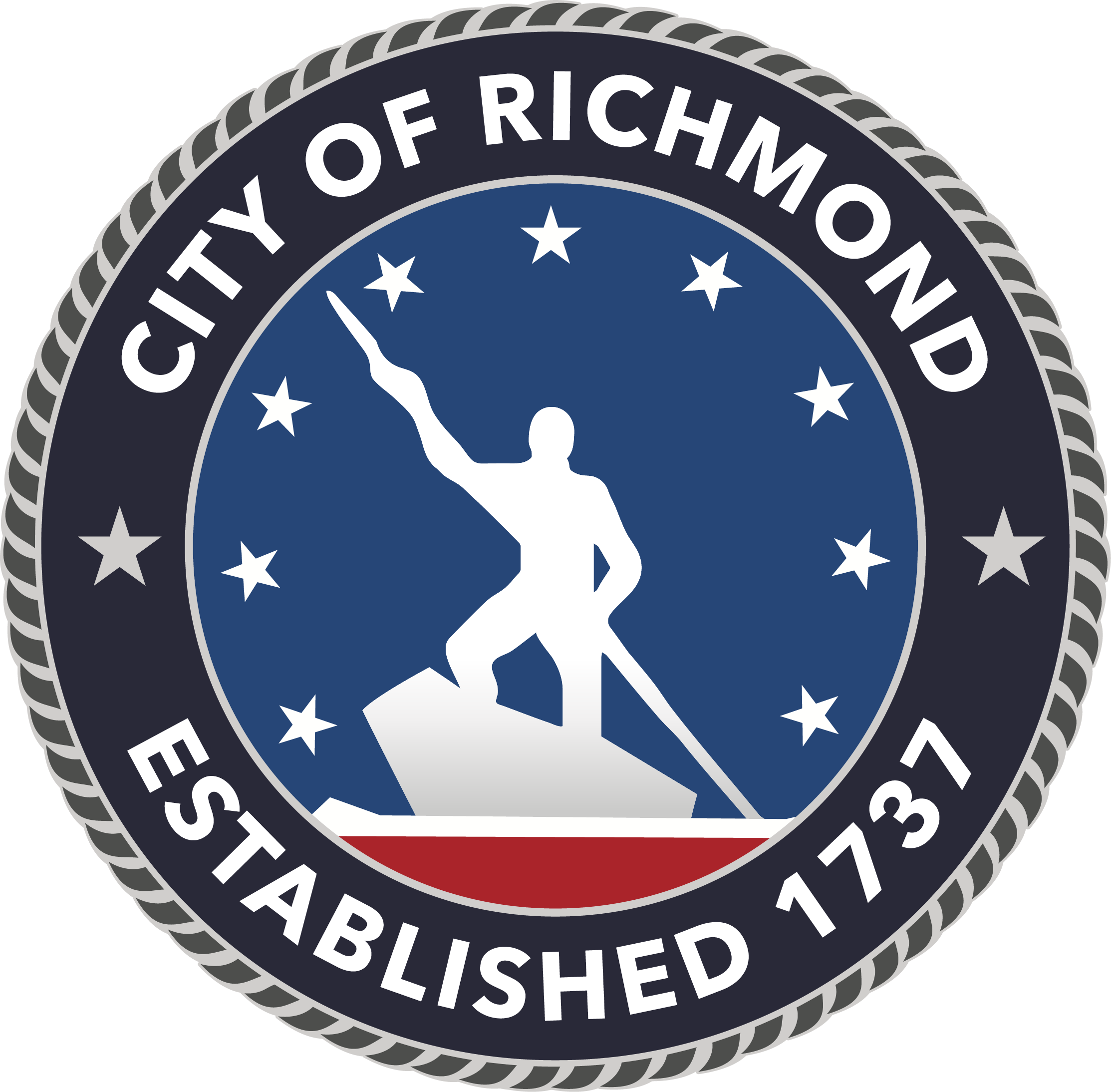The Hopkins Road Transfer Station will be closed Saturday, October 26
Posted October 25, 2024
~ The facility is scheduled to reopen on Monday at 6:30 a.m. ~
RICHMOND, Va. – The Hopkins Road Waste Management Transfer Station, located at 3520 North Hopkins Road will be closed Saturday, October 26 to make repairs at the entrance. We apologize for any inconvenience this closure may cause and appreciate your patience and understanding.
The East Richmond Road Convenience Center Landfill, located at 3800 East Richmond Road will be open on Saturday, October 26 from 8:30 a.m. to 2 p.m. for small loads.
For information on the Department of Public Works, please visit us online at rva.gov/public-works or email us at [email protected]
We’re Social! For updates on DPW-related projects, activities and events visit us on X @DPW_RichmondVA
###
The City of Richmond Department of Public Works (DPW) is one of only 195 currently accredited public works agencies in the United States. DPW’s portfolio comprises a wide array of services to include leaf collection; street, sidewalk and alley maintenance; trash collection; recycling; grass cutting; graffiti removal; parking enforcement; urban forestry; street signs; traffic signals and pavement markings and civil engineering. In addition, DPW maintains upkeep on most city buildings; issues permits for working in the city’s right-of-way; manages the RVA Bike Share program and maintains the fleet of city vehicles. DPW’s operating budget comes from the general fund of the City of Richmond. For more information about DPW services, click here or call 3-1-1







